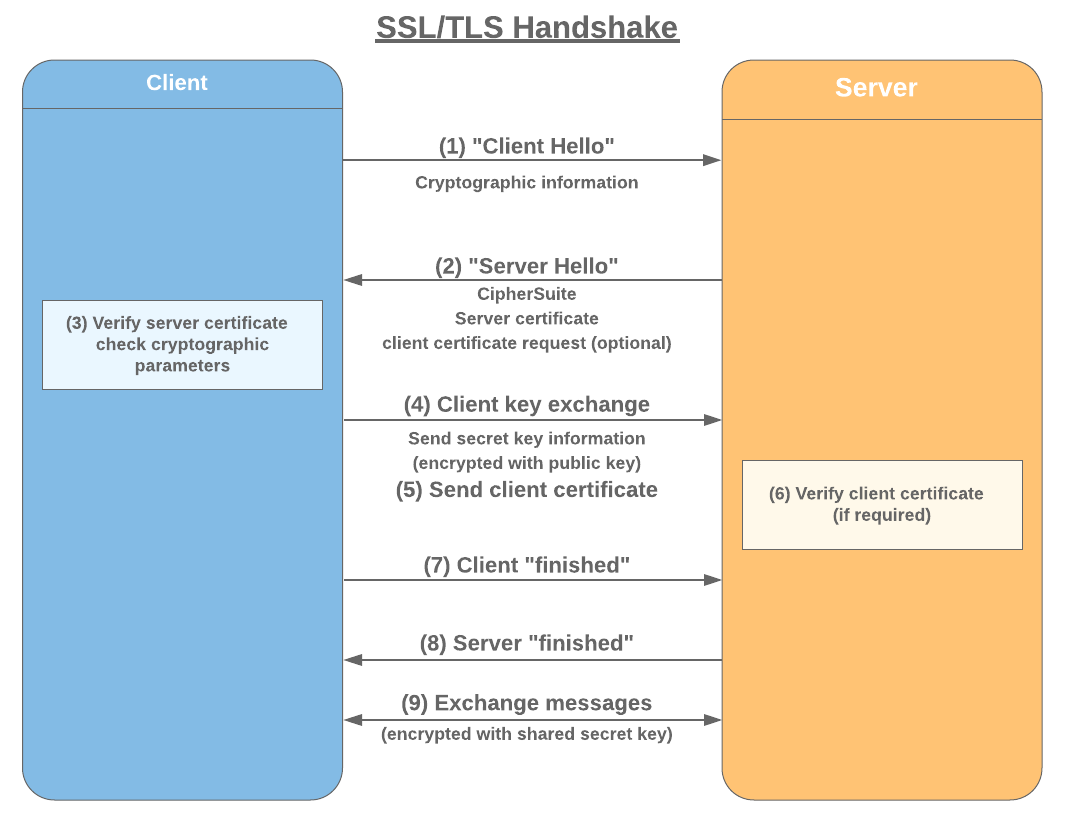
Clients are devices, which communicate with the servers, to receive resources like data, software, and services. They may be desktops, laptops, mobile phones, or tablet computers. Servers are special computer systems designed to store and process files, databases, or programs. They are most commonly used as mail servers.
Client-server communications are governed by a set rules that clients and servers agree to adhere to when communicating. These rules can be referred to as network protocols.
A protocol defines the structure and format of messages that are sent from one machine to another over a network, such as the internet. These rules are applicable to email, voice over internet protocol, video conferencing and other forms of communication.
Client-server communications is used to transmit information via the internet by Web servers, file servers, and mail servers. They distribute information to users through websites, emails, and videoconferencing.

HTTP Push and HTTP Pull are two different styles of server communication. The latter is the preferred style for real-time applications, such as stock exchange apps and chat applications. This style sends updates to clients automatically without their request.
The former style of communication, which is less resource intensive and better suited for static content, sends a request to the server and waits until it responds with a response. This is done by daemons that run in the background.
HTTP is the most common form of client-server communication, but other methods are available. HTTP Push, Pull, Long-Polling, and others are among the options.
Web client development
The server gets a request from the client for a website page. It may include HTML or other documents. It decides what information to include in response based upon the content, like text, style information, buttons that allow users to interact, images or assets to display, and so on.
The response is then sent to the browser, allowing the user to see it. It includes links that allow the user to access other pages, for example pages that are relevant to the current page.

Each has its own pros and cons. These include HTTP Push and Pull, Long and Short Polling, and more.
HTTP is a protocol that handles each request by a process/thread on the server. The thread then returns to "listening" immediately. The first request will be handled in the same way, followed by a second request. The pattern is repeated repeatedly until the cycle of requests and responses ends.
This is a great way to manage a high volume of requests efficiently and quickly. This style of programming is not recommended for applications like real-time, where the users want to see all updates as soon they are made.
Understanding the differences is essential before creating your own website application. The style that you choose will influence how interactive the web application will be and how much bandwidth will it use.
FAQ
What is a static web site?
Static websites are those where all content is stored on a web server and can be accessed by users via their web browsers.
The term "static" is used to refer to the absence of dynamic features like changing images, video, animations, etc.
This site was originally intended for corporate intranets. However it has since been adopted and modified by small businesses and individuals who require simple websites without complex programming.
Because they are less maintenance-intensive, static sites have gained popularity. They're easier to update and maintain when compared to a fully-featured website with many different components (such as blogs).
They load much faster than dynamic counterparts. This makes them ideal for users on mobile devices or those with slow Internet connections.
A static website is more secure than its dynamic counterparts. It is difficult to hack into static websites. Hackers have limited access to data within a database.
Two main methods can be used to create a static site:
-
Using a Content Management System (CMS)
-
Create a static HTML website
Which one you choose depends on your requirements. A CMS is the best choice for anyone who is new to building websites.
Why? It gives you full control of your website. A CMS means that you don't have to hire someone to set up your website. Upload files to the web server.
Still, you can learn to code and create static websites. It will take some time to learn to program.
What is the cost of creating an ecommerce website?
It all depends on what platform you have and whether or not you hire a freelancer. eCommerce sites typically start at around $1,000.
However, once you decide on a platform, you can expect to pay anywhere between $500 and $10,000.
If you're planning on using a template, you probably won't pay more than $5,000. This includes any customizations you may need to match your brand.
What Kinds Of Websites Should I Make?
This depends on your goals. Your website should be able to sell products online. This will allow you to build a successful business. To make this happen, you'll need a reliable eCommerce website.
Blogs, portfolios and forums are all popular websites. Each requires different skills. If you are looking to start a blog, then you need to know about blogging platforms like WordPress and Blogger.
When you choose a platform, you will also need to figure out how to customize the look of your site. There are many themes and templates that you can use for free.
After you have chosen a platform, it is time to add content. You can add images, videos, text, links, and other media to your pages.
You can publish your website online once you have launched it. Your site is now available for visitors to view in their browsers.
What does a UI designer do?
An interface designer (UI) creates interfaces for software products. They design the visual elements and layout of an application. They may also include graphic designers.
The UI Designer should be able to identify problems and solve them.
A UI designer must have a passion about technology and software design. From the development of ideas to their implementation into code, a UI Designer must have a thorough understanding of all aspects.
They should be able use a variety of tools and techniques to create designs. They should be able problem solve and think creatively.
They should be detail-oriented, organized and efficient. They should be able develop prototypes quickly, efficiently and accurately.
They should feel at ease working with clients, large and small. They should be able to adapt to changing situations and environments.
They should be able speak clearly and effectively with others. They should communicate clearly and concisely.
They must be well-rounded and have strong communication skills.
They should be motivated and driven.
They should be passionate for their craft.
How much do web developers make?
A website is a project you can work on for your own money. You'll likely make $60-$80 an hr. However, if you wish to charge more, you can become an independent contractor. An hourly rate of $150-200 could be possible.
Statistics
- It's estimated that in 2022, over 2.14 billion people will purchase goods and services online. (wix.com)
- Did you know videos can boost organic search traffic to your website by 157%? (wix.com)
- In fact, according to Color Matters, a signature color can boost brand recognition by 80%. There's a lot of psychology behind people's perception of color, so it's important to understand how it's used with your industry. (websitebuilderexpert.com)
- It's estimated that chatbots could reduce this by 30%. Gone are the days when chatbots were mere gimmicks – now, they're becoming ever more essential to customer-facing services. (websitebuilderexpert.com)
- Studies show that 77% of satisfied customers will recommend your business or service to a friend after having a positive experience. (wix.com)
External Links
How To
How to use WordPress for Web Design
WordPress is a tool for creating websites and blogs. Easy installation, powerful theme options, and plug-ins are some of the main features. This website builder allows you to customize your site according to your preferences. It has hundreds of themes to choose from and many plugins to help you build any kind of site. If you'd like, you can also add your own domain. These tools allow you to easily manage the appearance and functionality of your website.
WordPress makes it easy to create beautiful sites even if your HTML skills are not required. It doesn't matter if you don’t know much about coding. You can create a beautiful website in no time. We will walk you through basic steps to set up WordPress on your computer. We will explain everything so that you can easily follow along at your own pace.
WordPress.com, the most popular CMS (Content Management System), currently has over 25 million users in all of its countries. There are two different versions of WordPress available; you can either buy a license from them for $29 per month or download the source code and host it for free.
WordPress is a popular blogging platform. There are many reasons for this. One reason is that WordPress is extremely easy to use. Anyone with a basic knowledge of HTML can create a stunning site. Its flexibility is another benefit. WordPress.org provides many themes free of charge. You can easily change the look and feeling of your site without spending a dime. Finally, it's highly customizable. Many developers offer premium addons to allow you update posts automatically after someone comments. You can also integrate social media sharing in your site.